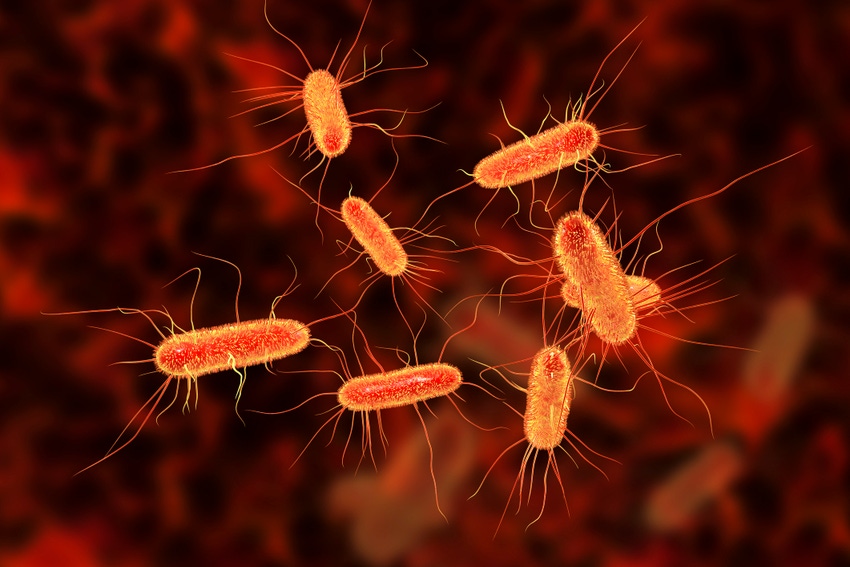Polymer Can Kill Bacteria Without Creating Antibiotic Resistance
Researchers have synthesized a new material that fights superbugs but doesn't spur more to propagate.
January 17, 2024

At a Glance
- Researchers collaborated to create cationic polymers, which can kill bacteria by disrupting their cell membranes
- Next stage of research is to determine how to protect human cells
Researchers have used a combination of organic chemistry and material science to develop a new family of polymer materials that can kill bacteria without inducing the threat of antibiotic resistance.
The material—what's called a cationic polymer—may help combat a growing threat to public health that can make even common injuries and infections lethal and causes several million infections per year, according to the Centers for Disease Control and Prevention (CDC).
Because the development of bacteria that resists antibiotics is such a problem, especially in hospital and care settings, scientists already have developed some materials that can fight and even kill bacteria. However, these materials tend to spur in bacteria a tendency to develop resistant strains, making it harder to combat future infections caused by the microorganisms.
The team, led by Quentin Michaudel, assistant professor in Texas A&M University's Department of Chemistry, used a combination of both organic chemistry and polymer science to create the new material, which kills bacteria by disrupting its membrane and uses as a key component a catalyst called AquaMet, the researchers said.
Successful Polymer Synthesis
Researchers synthesized the new polymer by designing a positively charged molecule that can be stitched many times to form a large molecule made of the same repeating charged motif.
The AquaMet catalyst used for the synthesis had the capability to both tolerate a high concentration of charges and also be water-soluble—an uncommon feature for this type of process and important to creating a successful polymer, Michaudel said.
“The new polymers we synthesized could help fight antibiotic resistance in the future by providing antibacterial molecules that operate through a mechanism against which bacteria do not seem to develop resistance,” he said.
Fighting Superbugs
After synthesizing the new polymer, the researchers tested it against two type of antibiotic-resistant bacteria that are the source of dangerous infections—E. coli and Staphylococcus aureus (MRSA). For the tests—which demonstrated that the polymer could work against those superbugs—Michaudel's team worked with a group of chemical engineers led by Professor Jessica Schiffman at the University of Massachusetts Amherst.
"Cationic polymers are a promising class of bioactive agents, which trigger bacterial cell death through physical disruption of their membranes," the researchers wrote in an abstract of a paper on their work in the journal Proceedings of the National Academy of Sciences (PNAS). "However, polymerization processes must be designed to optimize the therapeutic potential of cationic polymers."
This therapeutic potential is why the researchers also tested their polymers’ toxicity against human red blood cells—a common issue with antibacterial polymers, which tend to lack selectivity between bacteria and human cells when targeting the cellular membrane, Michaudel said.
“The key is to strike a right balance between effectively inhibiting bacteria growth and killing several types of cells indiscriminately," he explained. In fact, the next stage of the researchers' focus on the material's design will be to improve how it targets bacteria cells specifically instead of human cells, Michaudel said.
About the Author(s)
You May Also Like



